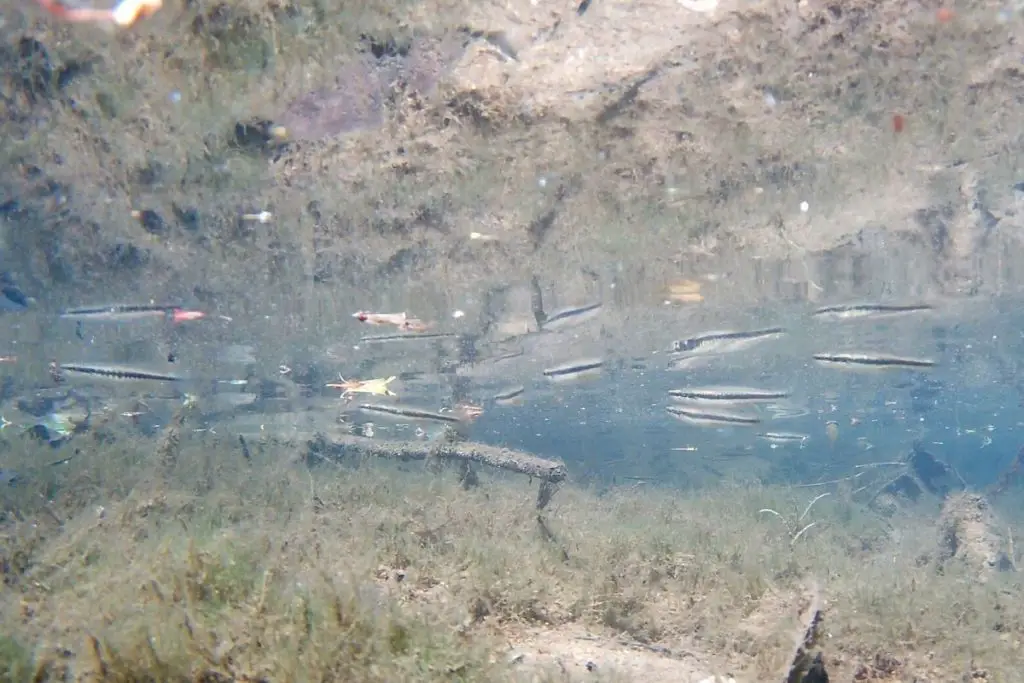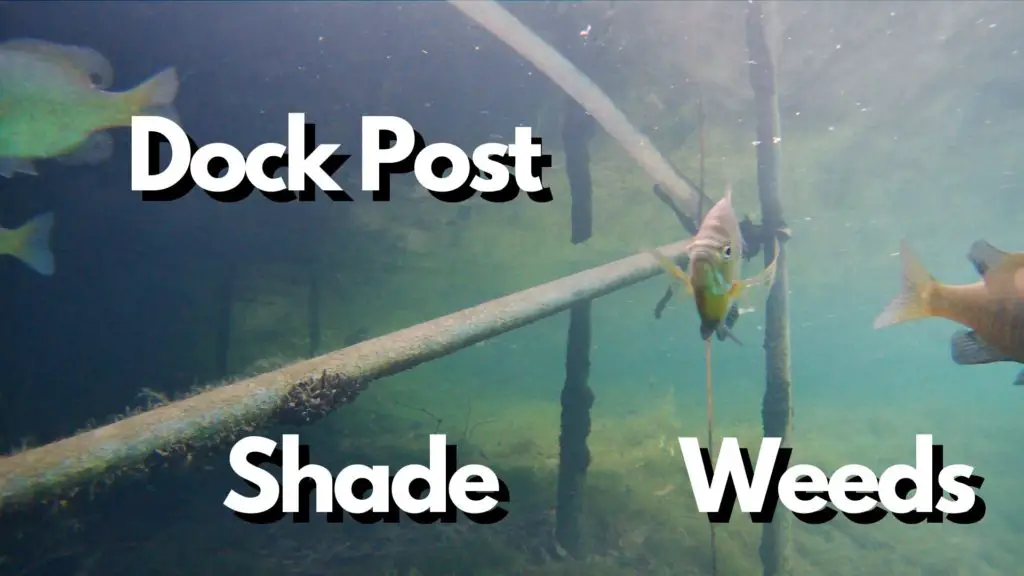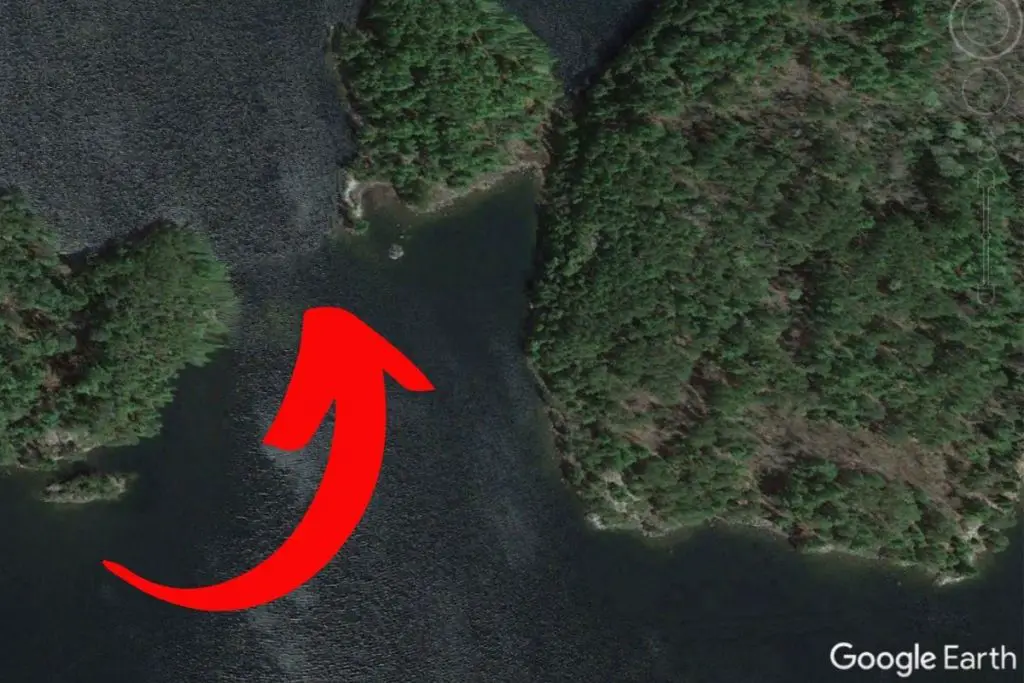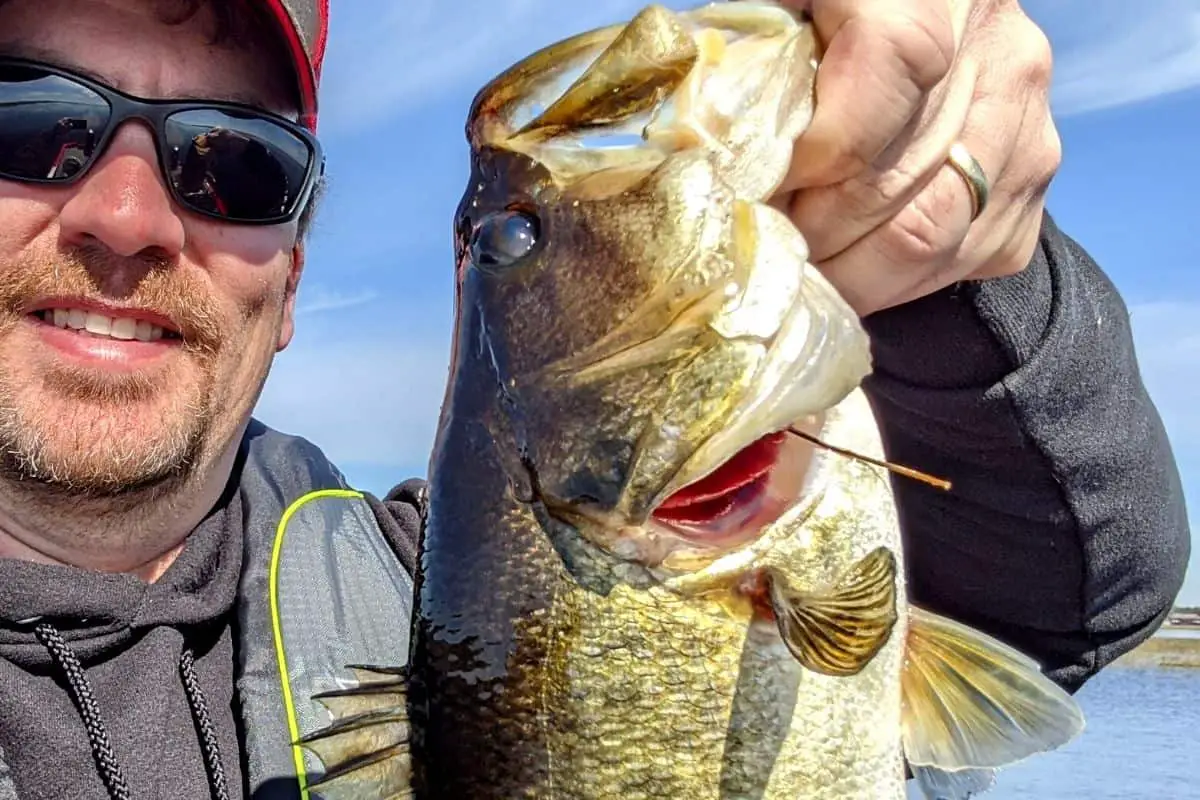Not every bass angler can afford the newest and most recent fishfinders, or depth finders. Sometimes, we need to rely on tried-and-true methods to locate and catch bass.
Start by looking for any signs of life in an area. When you see activity, try to locate three different pieces of cover or structure and focus on the place where all three intersect.
The following methods will get you on fish whether it is a new body of water or your home waters.
Find Signs of Life and Find Bass
This simple advice works, but it is often forgotten about. Bass are serious predators. So are a variety of other creatures like shorebirds.
When we, as anglers, are looking for life this is where I start. If I see a heron standing along the water’s edge, that keen predator is there because there is life there.
I also look for minnows, panfish, turtles, gulls circling overhead, and anything else that resembles activity. The features, characteristics, and conditions that attract these aquatic and terrestrial creatures will also attract the bass. Not just because the oxygen may be perfect and the temperature is ideal, but because there is food nearby.
Humans rarely venture too far from the kitchen while at home. The same basic survival principle relates nicely to bass fishing.
Once you find life and activity, you can be confident that there are bass nearby.

Check the Entire Water Column Once You Find Activity
I have spent hundreds of hours filming bass underwater. One indisputable fact I have observed is bass are rarely in a feeding mood.
They will be near food, but that doesn’t always translate to aggressively pursuing that food.
This is why the water column is important.
For example, I have witnessed huge schools of bluegills hanging around the intersection of a weedbed and laydown trees. Most often the bass are positioned just below them.
If an angler only focuses on the depth where the prey species can be seen, there is a good chance that the lures are not getting down to where the majority of the bass are. This is also the place where the largest bass in the area often will hang out.
After you probe the same part of the water column the prey is using, take a few casts with a lure that will probe deeper. Be sure to let it sit there and soak for a while with only the slightest movements. Most prey species do not move as much as we like to try and imitate with our lures.
The Power of 3 and Locating Bass
This is my favorite method of finding bass without electronics.
Bass, like many terrestrial creatures, love edges. Deer and turkeys are perfect examples of this. The same thought process applies to bass.
But, you may have a weed edge that goes on for 100 yards. Now what?
This is where the power of 3 helps – a lot.
As I mentioned earlier, always locate a place where three edges intersect and you will have found a high percentage location.
Edge can be created by docks, trees, shadows, rocks, boat ramps, weeds, etc. Follow any one of these to a place where you find three things happening and start to fish there. You will have just eliminated a lot of water that will not have the concentration of fish that you are looking for.
The only downside to this method is the fact that it almost requires you to fish visible cover and structure. There are many times when the bass are going to be deeper than what you can see with your eyes.
That is when I go to this next method of locating bass.

Look for Funnels and Pinch Points to Locate Bass
This type of structure and cover may be the best place to start looking for bass no matter where you fish. This strategy applies to lakes, rivers, reservoirs, and ponds both large and small.
I like to use a hunting example.
When setting up treestands one year for whitetails, I came across an old barb-wire fence. The deer could have easily jumped it any place. But there were multiple well-worn trails that all led to one spot – a place where a tree had fallen and crushed that part of the fence.
Those deer, for years, had traveled along the fence and crossed where no jumping was needed.
Now apply that to bass fishing.
These funnels and pinch points could be hard structure or something as simple as an opening in a weedbed that leads from the inside edge to the outside edge.
These areas are bass magnets because it allows them to set up and let the prey come to them.
When positioning on a funnel, I always want to be on the downwind or the down current side. The bass will look into the current.
This current can be natural, created by the wind, or even by boat wakes. On busy summer days, the boat traffic can actually position fish on these funnels and pinch points. I have had some terrific outings on a summer weekend when many other bass anglers will avoid the craziness.

Lures for Locating Bass
Once I have narrowed down the place I want to start looking, there are a couple of styles of lures that I will want to have available.
The first will be used to cover water and the second is a lure that is able to soak an area.
Searching lures, for me, are those that have a strong horizontal presentation. I will tie on lures like a walking topwater, a swim jig, and both hard and soft jerkbaits.
If I catch some bass on these that is great, but the real goal is to get them to reveal themselves. I may see them blow up on a lure, follow a lure, or just nip at it. All of these situations mean the bass revealed where they are sitting.
Once I have this information, I can either continue with searching lures or I can switch to something that can work an area more thoroughly. This may include Texas-rigged soft plastics, jigs, and even presentations like Ned rigs.
Always be thinking, how can I get the bass to reveal themselves and then what is the best presentation to get them to bite?
A Great Skill to Have Even When Using Electronics
Even if you do own the latest-and-greatest fishfinders on the market, there are often situations when they are not as effective as we would like them to be.
One such situation is when fishing bodies of water with extremely heavy vegetation. Even the best electronics that money can buy will struggle with this. If the thick vegetation is shallow, then the challenge is even greater.
Applying these bass-finding approaches to your repertoire will help take your bass angling to the next level.
Be safe out there and make sure to encourage someone today. You never know how you may change their life forever.
Isaiah 6:8

